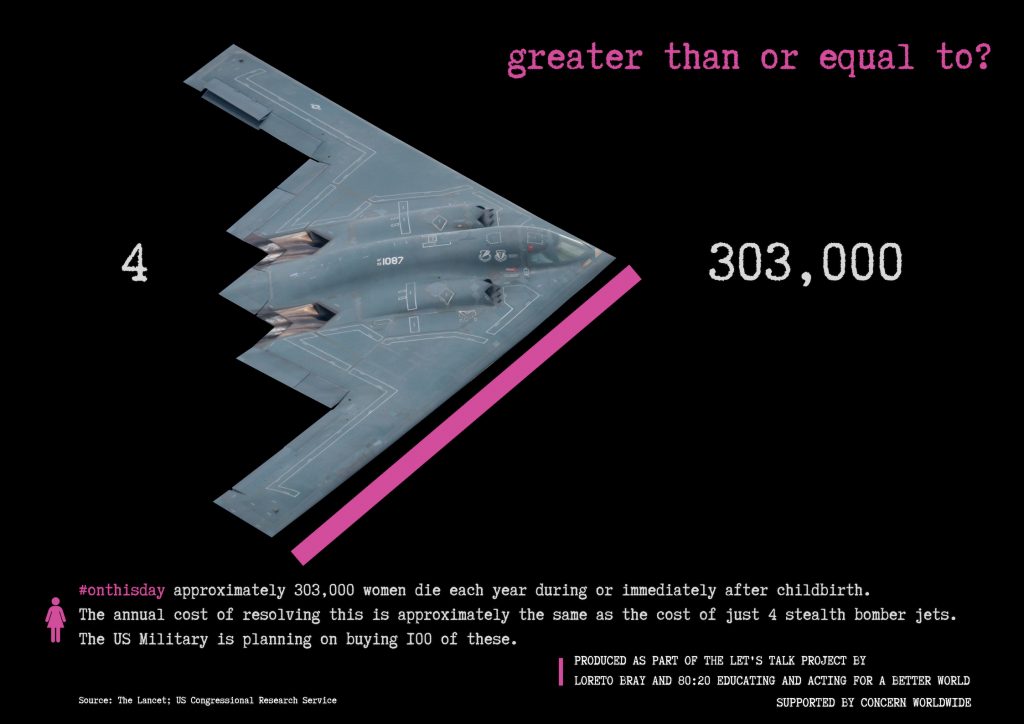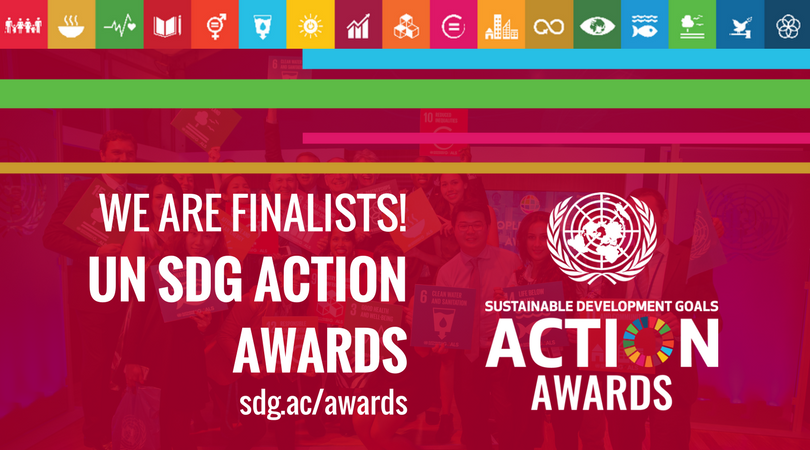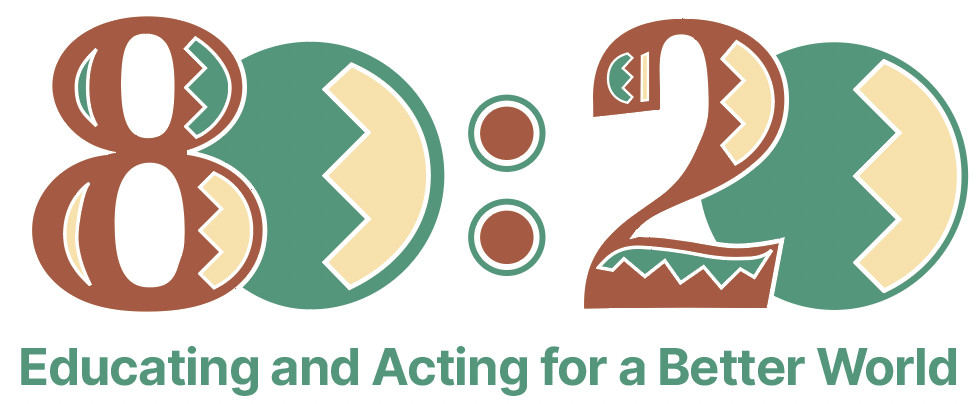Loreto Bray and 80:20 launch ‘Use Your Art to End Gender Inequality’ poster series

Press release: Thirty-six students from the Loreto Bray Peace and Justice group, in conjunction with 80:20, are launching a poster art series on International Women’s Day 2019 on the themes of women’s rights and ‘on this day’ historical events.
80:20 and Pres College Bray selected as finalist for the first United Nations SDG Action Awards

The Awards recognize the most outstanding and innovative efforts to inspire action on the Sustainable Development Goals, a set of goals adopted by countries to end poverty, protect the planet and ensure prosperity for all as part of a new sustainable development agenda.
Want a Sustainable World? Build It.

Darragh Domican reports from the frontline of a major whole-school exercise that used Minecraft to review how the Sustainable Development Goals agenda can challenge his school community in Presentation College Bray as part of the Let’s Talk initiative.
